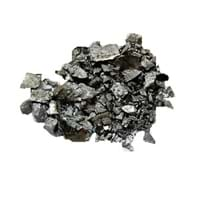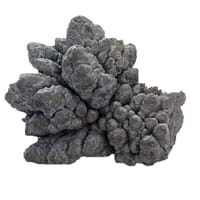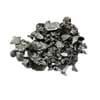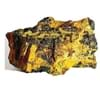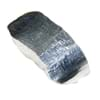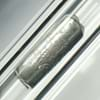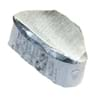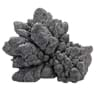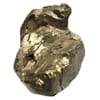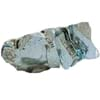Facts About Tin and Lead
Facts
Interesting Facts
- In the list of most abundant element Tin is ranked 49th.
- Tin metal does not react with water as well as does not corrode in it.
- Galena mineral contains almost 87% of Lead metal in it, Galena is sulfide mineral.
- The best available source of Lead metal today is by recycling automobile batteries.
Sources
Found in Minerals, Mining
Earth's crust, Found in Minerals, Mining, Ores of metals, Ores of Minerals
History
Discovery
Before 3500 BC
In Middle Easterns (7000 BCE)
Abundance
Abundance In Universe
4 * 10-7 %
20
1 * 10-6 %
16
Abundance In Sun
~0.0000009 %
19
~0.000001 %
18
Abundance In Meteorites
0.00 %
24
0.00 %
23
Abundance In Earth's Crust
0.00 %
34
0.00 %
26
Abundance In Oceans
0.00 %
26
0.00 %
22
Abundance In Humans
0.00 %
13
0.00 %
8
|
||
|
||
|
|
||
|
||
|
